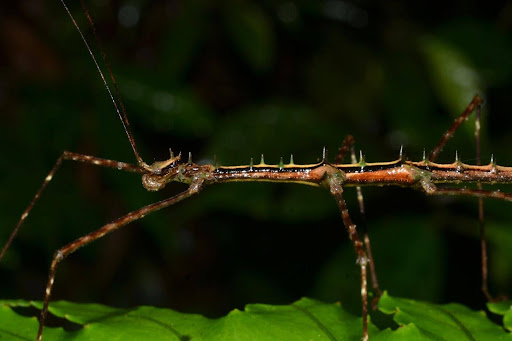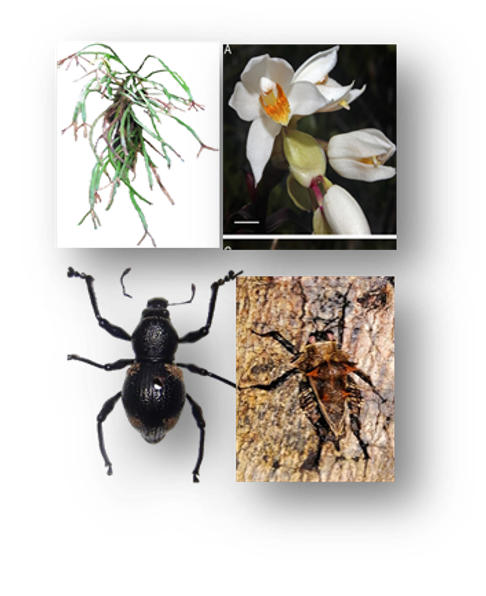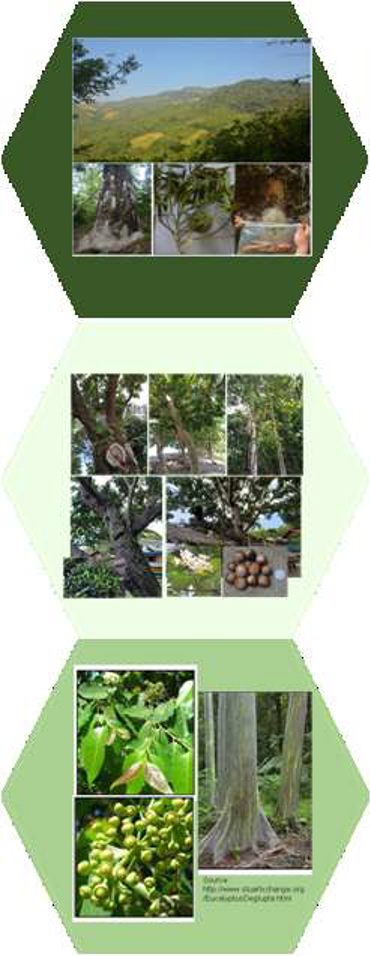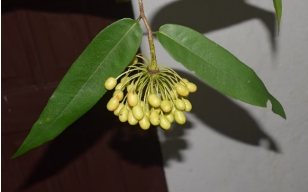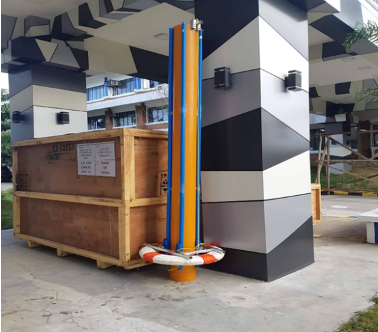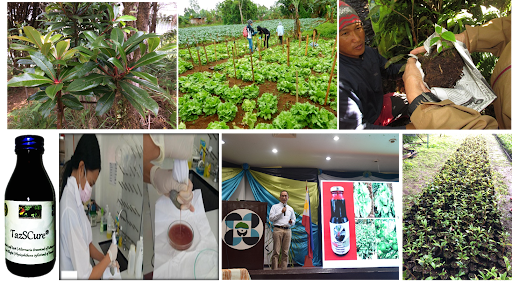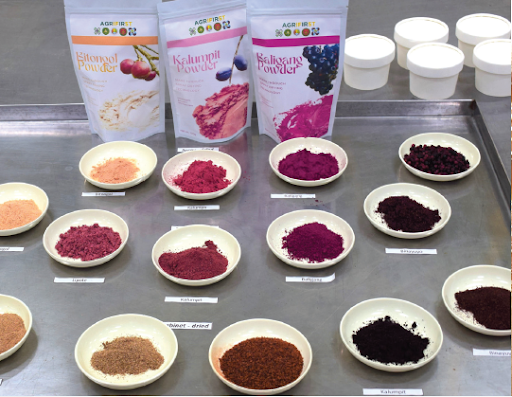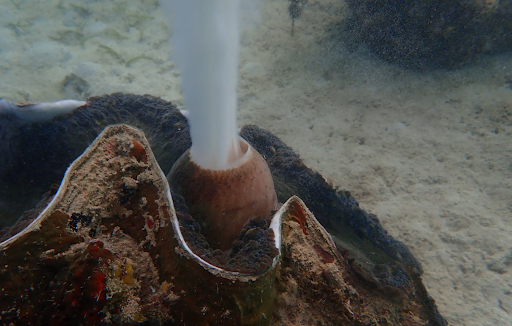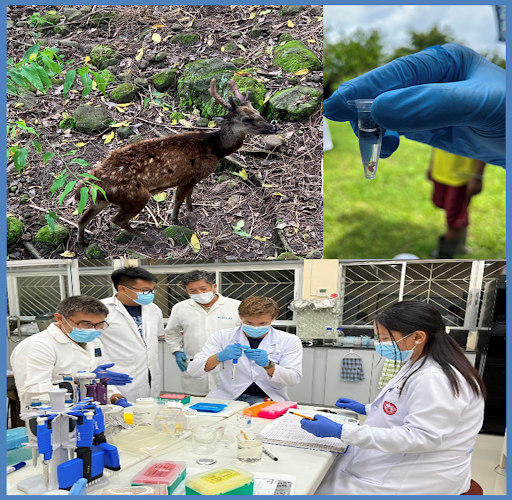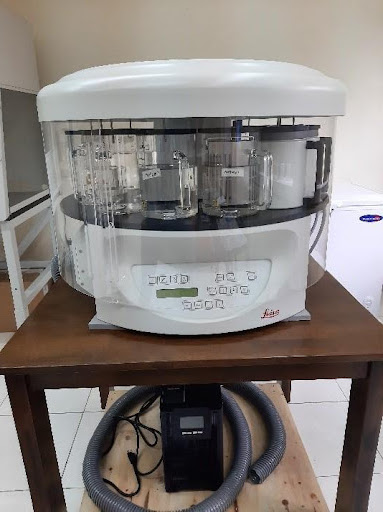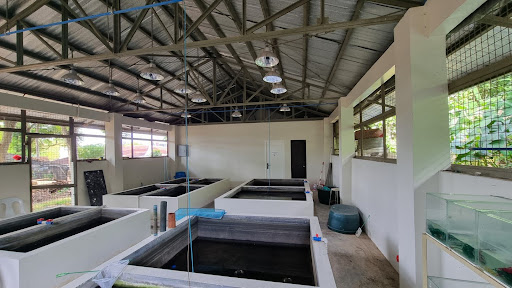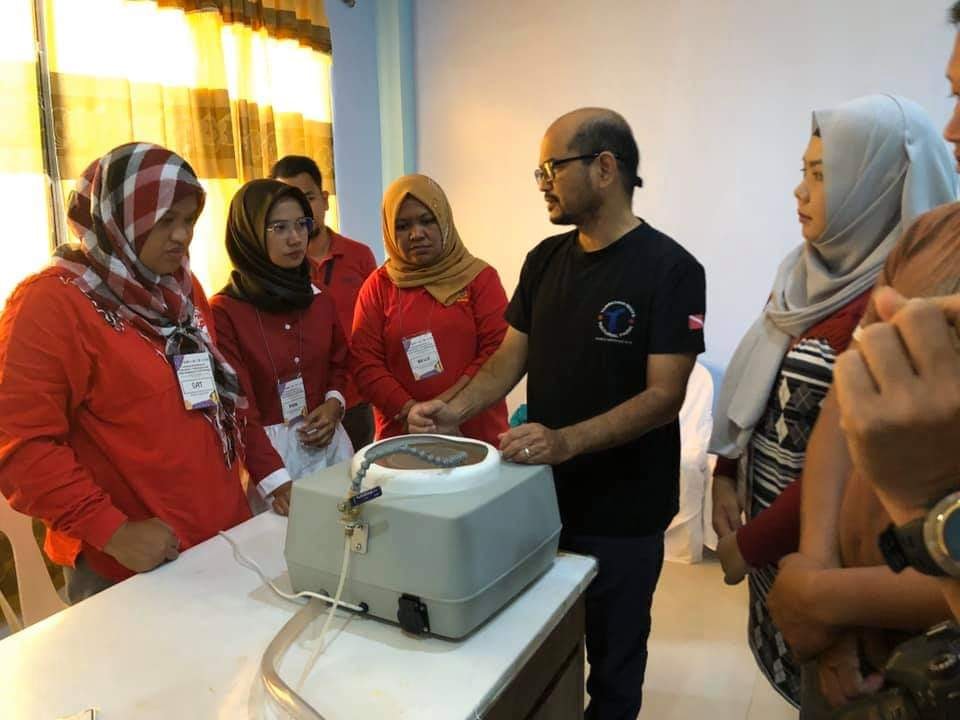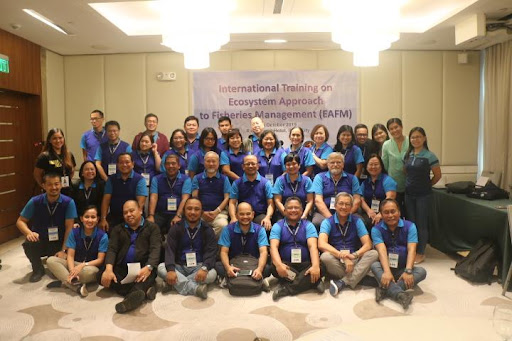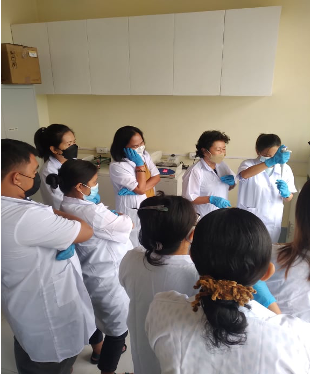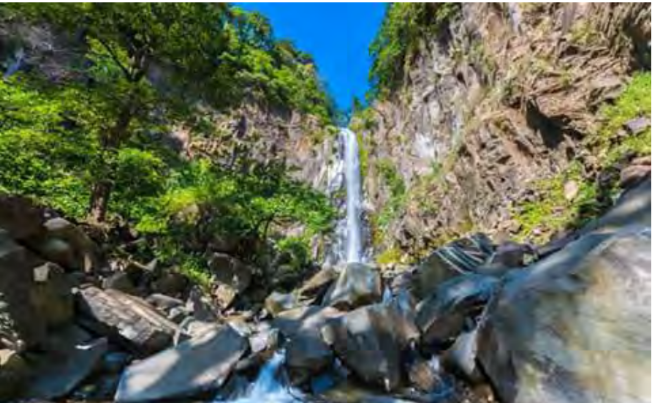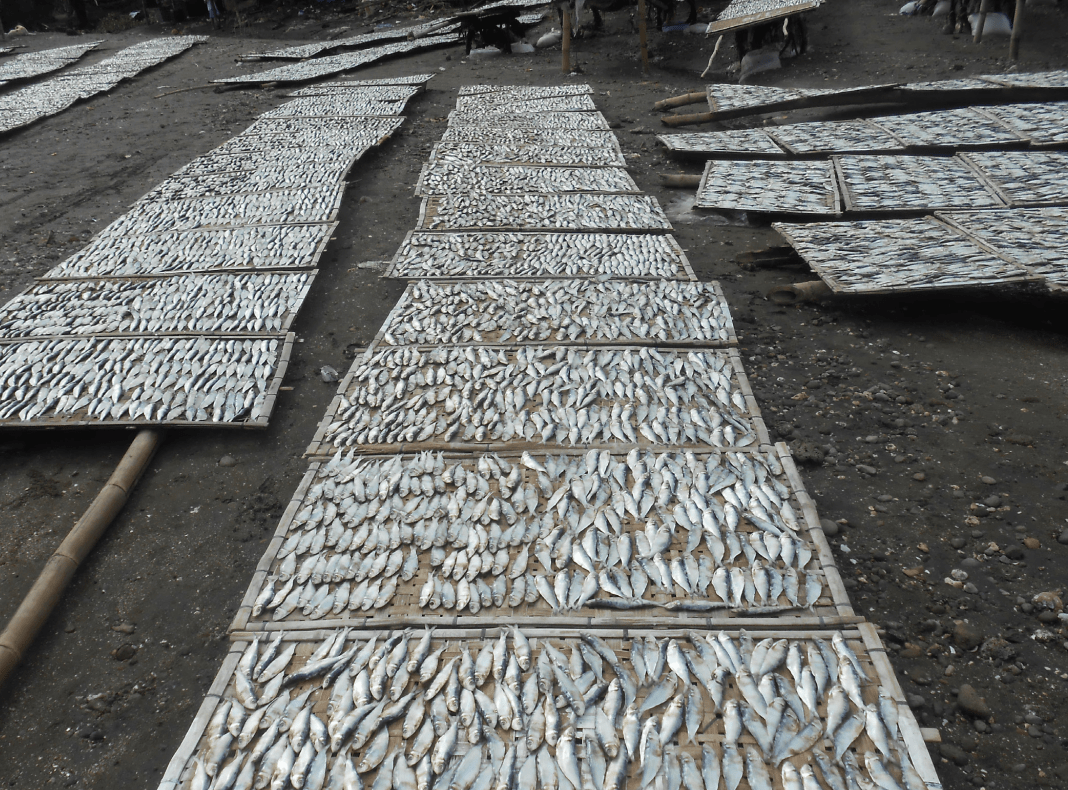Overview
The Philippines’ terrestrial, inland aquatic and marine ecosystems are considered a paradise of biodiversity, serving as a habitat for a myriad of rare wildlife – some found nowhere else in the world. The country is in fact considered as one of the 17 mega diversity areas hosting 70-80% of the world’s biodiversity and noted as a hotspot with high occurrence of threatened species, ecosystems, habitats, and landscapes.
The Philippines signed as a Contracting Party to the Convention on Biological Diversity (CBD), an international legally binding commitment whose three main goals are: (1) conservation of biodiversity; (2) sustainable use of the components of biodiversity; and (3) fair and equitable sharing of benefits arising from the commercial and other utilization of genetic resources. As a member of CBD, our country is expected to participate in the exchange of information relevant to the conservation and sustainable use of biodiversity among other member countries.
Challenges on Biodiversity
Despite the exceptional abundance of life and diversity, our country is also considered as one of the world’s biodiversity “hot spots.” These refer to areas featuring endemic species experiencing loss of habitat, which leads to a decrease in population to flora and fauna. The declining biodiversity, both globally and locally, surely poses a threat to the supply of food, opportunities for recreation and tourism, and sources of wood, medicines and energy. It also interferes with essential ecological functions.
S&T Program for Biodiversity
DOST-PCCAARRD developed the S&T Program for Biodiversity with the main goal of biodiversity conservation and development of biodiversity-based products. The program involves activities such as bio-resource assessments, valuation, and documentation of indigenous knowledge systems (IKS) in selected terrestrial and aquatic ecosystems.
For the forestry sector, the focus is on conservation and protection of Philippine’s terrestrial flora and fauna through the assessment of flora and fauna in selected forest and mountain ecosystems and key biodiversity areas (KBAs) nationwide, application of ex-situ and in-situ conservation strategies, sustainable utilization of indigenous plants and forest products, valuation of bioresources and ecotourism sites, and product development.
The inland aquatic sector under PCAARRD’s Biodiversity S&T Program focuses on the sustainable management of the ecological services of Philippine lakes and rivers. Particularly, the program aims to develop marginal aquatic resources as sustainable habitat, restore indigenous and valued endemic resources for biodiversity enhancement, and develop propagation protocols for conservation of freshwater resources.
Marine biodiversity under PCAARRD’s Biodiversity S&T Program aims for the conservation and management of the genetic, species and ecosystem diversity of different life forms (e.g. marine plants, animals and microorganisms as well as the genes that they contain and the ecosystem that they form) found in the marine environment. In order to realize the ultimate goal of marine biodiversity conservation which is the sustainable utilization of marine resources, activities such as resource and ecosystems assessment and monitoring are being conducted.


